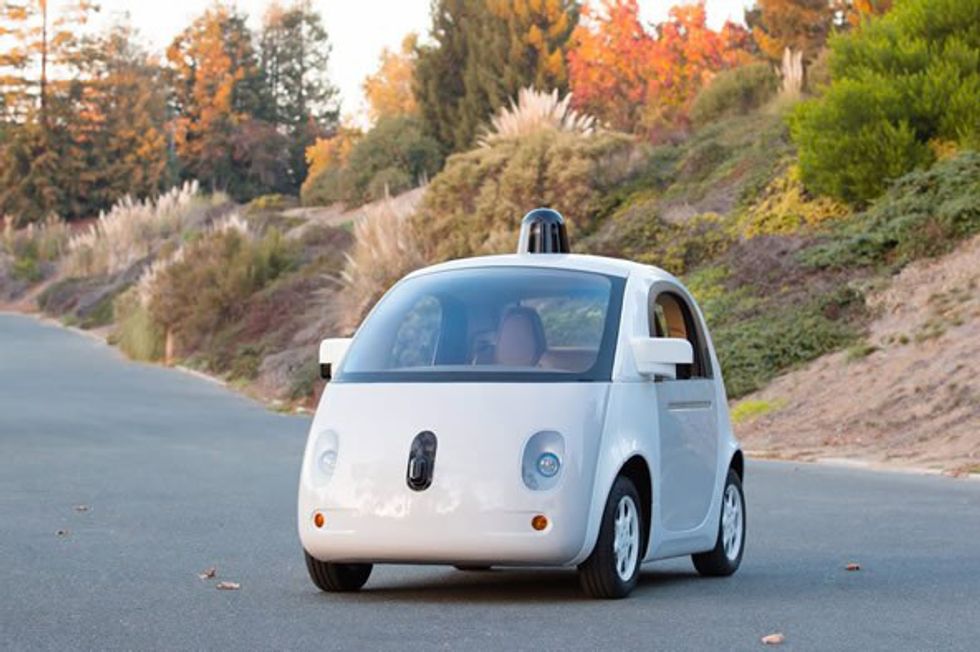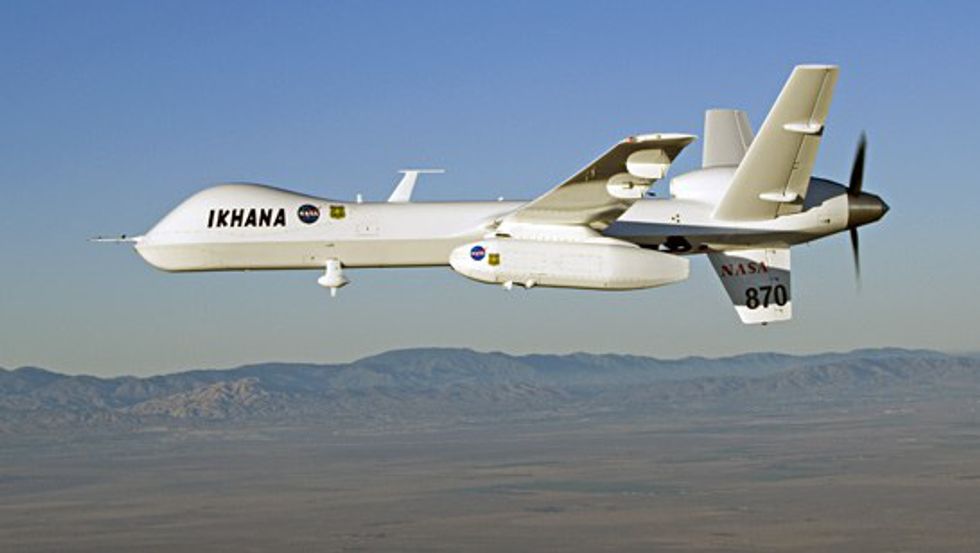1. Lexus Hoverboard.
Although Lexus just released a sneak advertisement last Wednesday, which may or may not just have been to get people looking into their technological advancements/abilities, this is what we’ve wanted since before Back to the Future Part II.Like many hypothetical designs and failed attempts, the hoverboard would probably have to function through magnetism, even though the ad looks like a typical concrete skate park. In just a few short days, the location of the park has been discovered in Cubelles, a village in Barcelona, and it has been confirmed that the park is indeed metallic and is covered with wooden planks, using magnets that must be cooled by nitrogen. It’s still really cool, but it would be cooler to see something that works outside of this park.
2. Google Self-Driving Cars (that they want on the road in five years).
This kind of project is what made me want to be an engineer. When I was 13, I told my dad my elaborate plan for how cars should communicate via satellite and how sensors should be on speed limit signs to also regulate a self-driving car, but of course I was not the first person to think of this idea; here comes Google. According to Google’s Self-Driving Car Project website, self-driving cars matter because, “Aging or visually impaired loved ones wouldn't have to give up their independence. Time spent commuting could be time spent doing what you want to do. Deaths from traffic accidents—over 1.2 million worldwide every year—could be reduced dramatically, especially since 94 percent of accidents in the U.S. involve human error.”
Which, obviously, makes sense to us, because most of us know someone who has suffered a car accident. The sensors on the car, (one which costs nearly $70,000 itself, yowza!) are designed to detect objects as far as two football fields away in all directions, including pedestrians, cyclists and vehicles—or even fluttering plastic shopping bags and rogue birds, notice the dome on top of the car. The software processes all the information to help the car safely navigate the road without getting tired or distracted. Like many other designs, the driver can take over at any point if necessary, and as of yet the car goes about a max of 25 mph. As of yet, Google has self-driven one million miles and are currently on the streets of Mountain View, California. Using Lexus SUVs and new prototypes built from the ground up to be fully self-driving, all cars have safety test drivers aboard for now and tests are continuing to discover what situations work best for fully autonomous driving.
3. Unmanned Aircraft to fly routine operations in United States Airspace, and possibly to be fully operational before those self-driving cars!
At NASA’s Armstrong Flight Research Center in California, starting June 17 and continuing through July, a partnership with General Atomics Aeronautical Systems, Inc. and Honeywell International, Inc. will continue to collect flight test data that will aid in the development of standards necessary to safely integrate Unmanned Aerial Vehicles into the National Airspace System. This third series of tests builds upon groundbreaking successes in proof-of-concept sense-and-avoid systems, or recognizing other objects in the air and being able to react to whatever maneuvers or paths they take, accordingly, whether the other aircraft/object is able to respond or not.
“This is the first time that we are flight testing all of the technology developments from the project at the same time,” said Laura Grindle, UAS-NAS project manager at Armstrong. These tests engage core air traffic infrastructure and supporting software components through live and virtual environments to demonstrate how remotely piloted aircraft interact with air traffic controllers and other air traffic. Also meaning that all systems and areas in which the tests are being taken are made aware of the systems and being able to operate regularly including normal operations with manned aircraft in civil airspace. I am really looking forward to the progress that NASA will undoubtedly make with the continuation of this project.






















